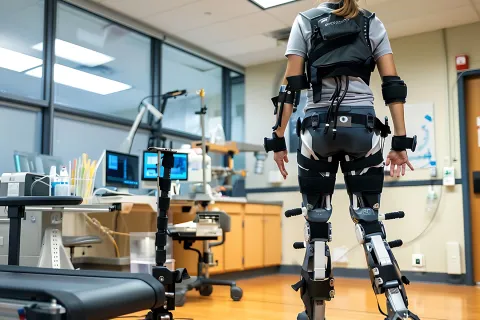
Class A IVDs under European Union In Vitro Diagnostic Devices Regulations (EU IVDR) 2017/745 require self-certification. The manufacturer is required to self-declare their product’s compliance with the EU IVDR’s requirements and affix the CE marking.
While the process for self-declaration seems easy compared to other device routes, the intricates, when ignored, can create complications in placing the device in the EU market. Below are some of the key points that manufacturers need to note while placing Class A devices on the market:
- Be clear about the products that are being covered under the scope
With the overruling of directives, there has been a significant change in re-classification and up-classification. It is crucial to know which products are being covered under Class A and move ahead accordingly. Class A majorly covers laboratory devices, instruments, and specimen receptacles.
- Watch out for the Class A sterile devices
If Class A devices are placed in the market in a sterile condition, the requirements vary greatly compared to general devices. For instance, in the case of sterile devices, the involvement of Notified Bodies is required. Hence, if your devices are classified as Class A and sterile, it is advisable to look thoroughly through the requirements explicitly mentioned for them.
- New regulations, new requirements!
The new Regulatory requirements emphasize more on post-market surveillance (PMS) requirements too. As for class A devices, they are also required to meet these orders. Class A devices are also required to establish a PMS plan and report. The report must be revised, whenever necessary, and produced to the Notified Body and/or competent authorities upon request.
- Be aware of the conformity assessment involvement
The conformity assessment procedure for Class A devices is not carried out, as a general rule, under the sole responsibility of manufacturers since such devices pose a low risk to patients. Here, the manufacturers of Class A devices (other than devices for performance study) shall declare the conformity of their products by issuing the EU declaration of conformity (DoC) as mentioned in Article 17 after drawing up the technical documentation set under Annex II and III.
However, class A sterile devices must comply with Annexes IX and XI along with Annex II, III, IV, and V. The involvement of notified body is required in these devices, unlike other class A devices. Kindly note the involvement of Notified Bodies is limited to the aspects relating to establishing, securing, and maintaining sterile conditions.
- Aligning with the standards
Even though Class A devices are not required to undergo any audits or assessments, the Class A devices are still required to fulfill the General Safety and Performance Requirements (GSPR) of Annex I. Apart from this, the Class A device manufacturers must also establish Quality Management System (QMS), PMS, and performance evaluation documents.
- Don’t forget about the UDI carrier labeling!
Introducing an identification system via the UDI requires manufacturers to affix a UDI carrier on the device labeling and packaging. The obligation for placing Class A devices is by May 26, 2027. Please note that the UDI carrier affixed should have appeared in a plain text version in Human-Readable Interpretation (HRI) representation of the UDI and Automated Identification for Data Capture (AIDC) format.
If the labeling and packaging of single-use Class A devices are done separately, the UDI carrier need not be placed on the packaging. However, for the higher packaging, a UDI carrier is required.
These key points might seem trivial, but if left unnoticed or missed out can lead to larger repercussions. It is always advisable to carry out thorough due diligence and map out all the requirements for the entire product lifecycle.
We at Freyr believe in carrying out detailed due diligence and conducting gap analysis with a strategized action plan for a particular supported device.
Do you require assistance placing your class A IVDs under EU IVDR? Consult Freyr today!









